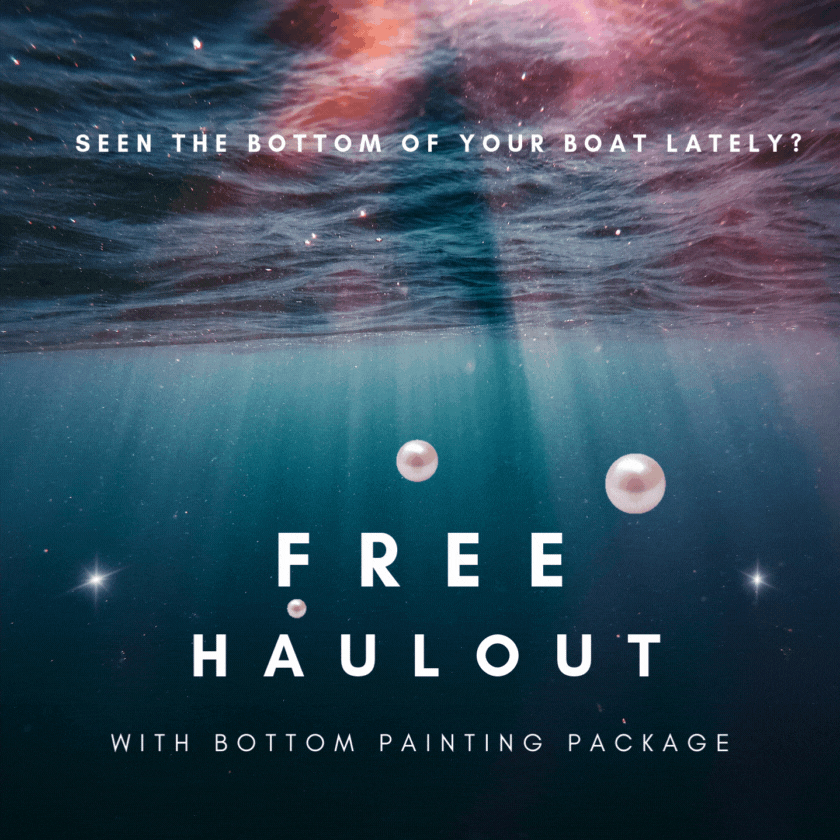
Vendée Globe Racers Face Highs and Lows in Southern Ocean
There are many highs and lows when racing alone around the world. They include the weather systems and the inevitable damage that comes from the punishing Southern Ocean. The second-place French skipper, Sébastien Simon, hit a significant setback after he sustained a broken starboard foil on his IMOCA Groupe Dubreuil. For now, he is continuing to race and remains just 150 miles behind race leader Charlie Dalin aboard Macif Sante Prevoyance. Both boats have been streaking along near the ice limit to the south while the rest of the fleet has been trying to catch up. Simon recently set the record for the IMOCA 60s, sailing 615.33 miles in 24 hours.
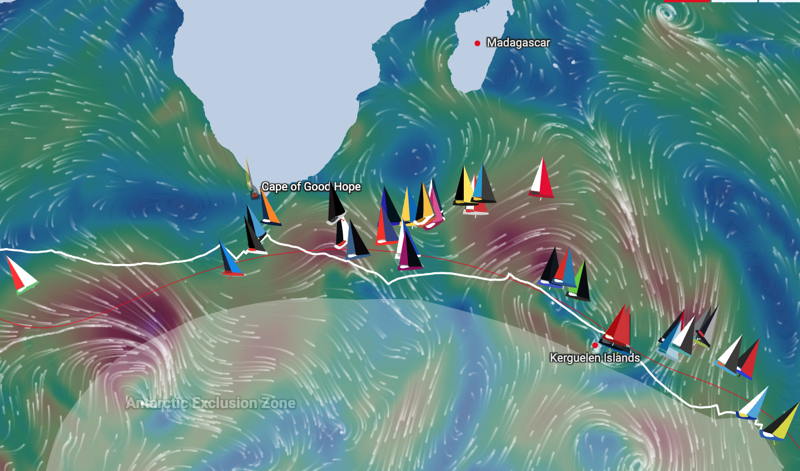
Sébastien Simon was making the best of his troubles when he reported, “Bad news aboard Groupe Dubreuil. Last night, I lost the starboard foil. I was sleeping when the boat suddenly broached. I went into the cockpit to ease the sheets. I quickly sensed from the feel that something was wrong, the boat was no longer responding in the same way. I quickly understood what it was. I went to check on deck and the foil was broken at the elbow, the most curved part of the foil.” This should take him out of the running, but when we last checked he was still racing and sailing at over 20 knots.
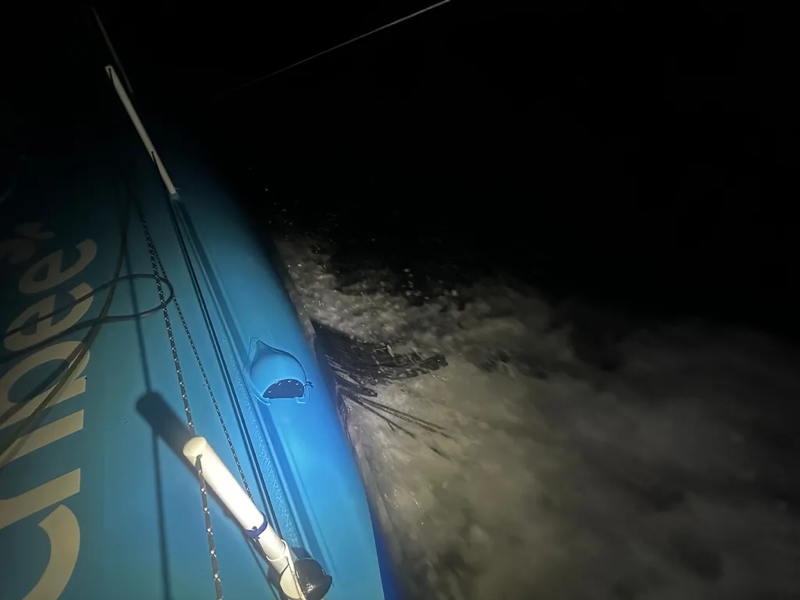
The two race leaders found the right path through the lows to surge ahead, but right now the tide has turned, with the leaders sailing into lighter pressure and the following pack of boats catching up as much as 200 miles in the last couple of days. In third place, Yoann Richomme on Paprec Arkéa was well over 500 miles behind and is now just 336 miles astern.
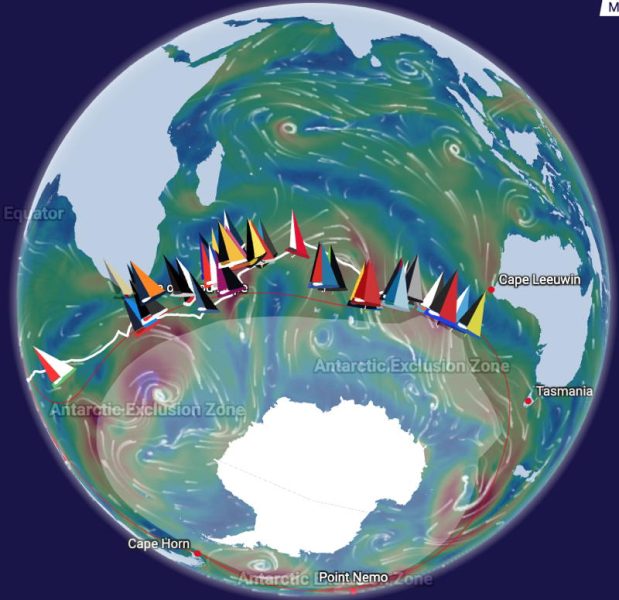
Despite the Southern Ocean challenges, only two boats out of 40 have dropped out, leaving 38 boats with almost 5,000 miles between first and last battling in the deep south.
Follow the fleet through the highs and lows here.
Season Champions, Part I — One Designs Galore
One-design racing is alive and well on San Francisco Bay. Our evidence: When we were planning this feature, we had to keep bugging our publisher for more pages. And this is only Part 1 — we’ll feature more one-design classes in an upcoming issue. The classes here aren’t in any particular order; let’s just dig right into our annual celebration of the year’s season champions.
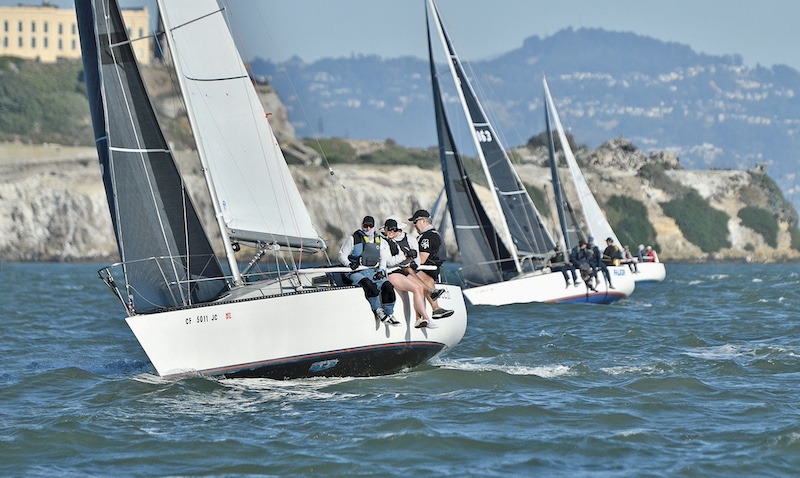
Mercury Travel Trophy — Fast Break, Randy Smith, SFYC
Last year, the winner of the Paxton Davis Travel Trophy came from the L.A. area; this year it’s a Bay Area sailor. Aficionados trailer their 18-ft Mercury keelboats up and down California in pursuit of the Travel Trophy.
“The fleet sails in some wonderful venues, including San Francisco Bay, Monterey Bay, Stillwater Cove, Huntington Lake and Long Beach,” explains this year’s champion, Randy Smith. He started sailing Mercurys about 15 years ago at the suggestion of Pax Davis. “It is a great fleet with wonderful people and good competition. The main reason for me purchasing a Mercury was to sail with my two daughters.”
The Pax Davis Travel Trophy is awarded based on the total results from several regattas in each fleet area. Based on the results, each skipper receives points for their performance in the regattas. The skipper with the highest total points wins the trophy. Randy had several crew members this year: Junette Kushner, John Verdoia and Randy’s daughter, Kathryn Smith. “She crews for me when I am racing in SoCal. Sailing with my daughter is always a highlight.”
Mercury Paxton Davis Travel Trophy (6 regattas)
1) Fast Break, 18; 2) Space Invader, David West, RYC, 10; 3) Carbon Offset, Chris Raab/Kenny Dair, CBYC, 10. (30 boats)
Nordic Folkboat — Freja, Tom Reed, StFYC
Tom Reed’s Freja is a mega-repeat winner in the Folkboat class.
“This is our 12th season championship in the Folkboat class and the fifth win in the last five seasons,” says Tom. “My son Tommy and Dave Kresge crewed on all of the races, as well as the Wednesday night series at StFYC. I think our favorite series was the Wednesday night series, which we won as well, and winning the Degnan trophy at StFYC.”
First launched in 1942 in Sweden, the Folkboat design is 25 feet long. The lapstrake hull gives it a distinctive appearance among Bay Area racing boats.
Nordic Folkboat (40 races, 8 throwouts)
1) Freja, 47 points; 2) Polperro, Peter Jeal, BVBC, 61; 3) Sabrina, Chandler Grenier, S.F. Folkboat Assn., 120. (12 boats)
See Latitude 38‘s December issue for the full list of Season Champions, Part 1.
Free Haulout With Bottom Package at KKMI
The Resourceful Sailor Goes Baggywrinkle
“What did you call me?” In classic Resourceful Sailor fashion, I took a different approach to protecting the sails from the spreader tips on Sampaguita, a 1985 Pacific Seacraft Flicka 20. Unable to locally locate spreader boots that fit, I looked to marlinspike techniques and said, “What if I used baggywrinkle?” — those big fuzzy things that you might see on the standing rigging of traditional schooners to protect the sails from chafing when off the wind. The result was effective and reusable. It does require some time investment but is by no means difficult.
Sampaguita had no spreader-tip boots when I purchased her in 2013. The tips that held the shrouds were polyurethane and smooth, so it wasn’t the end of the world. But after the first mast inspection, I realized I wanted to seize the shrouds to those tips to maintain consistent contact points between the two. This wire seizing was going to be a snagging problem, particularly with the 140% genoa, the gennaker, and eventually the drifter.
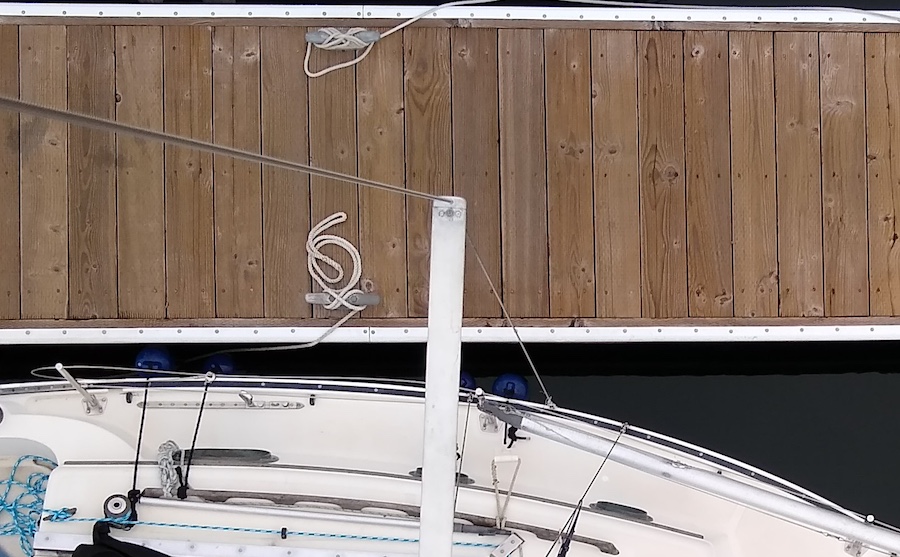
I went to a local chandlery and purchased some generic factory-made spreader-tip boots I thought might fit. Alas, they did not. Sampaguita has foil-shaped spreaders, and the off-the-shelf solutions did not accommodate that shape. Additionally, these PVC versions can trap moisture, promoting corrosion. Leather versions can be problematic because if they get salty, they also hold moisture, resulting in the same condition. So, I reasoned, “If baggywrinkle works on shrouds, why couldn’t it work on the spreader tips?”
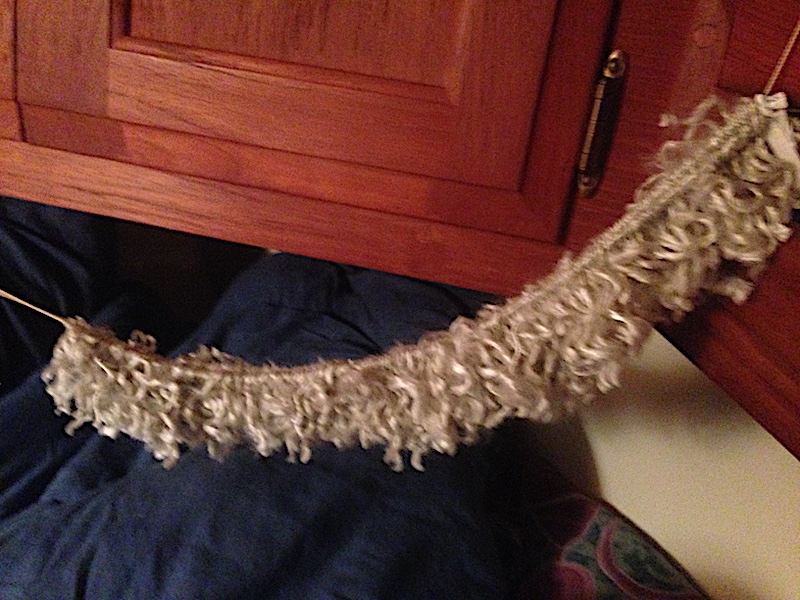
I had plenty of retired three-strand nylon dock lines I could trim up and unravel. The nylon is soft and quick-drying, and lasts a long time. I spent a rainy, dark Pacific Northwest winter evening making a baggywrinkle for each spreader tip. With a trip up the mast, I tied one end to the shroud under the spreader and wrapped it around the wire/tip assembly in a figure-eight-like pattern. There was no scientific approach to this. The importance was to make sure, however wrapped, it stayed put and covered and softened the entire area. The other end was tied to the shroud just above the spreader tip. I kept the knots on both ends as a series of simple hitches that provided plenty of security but would be easy to untie and reuse.
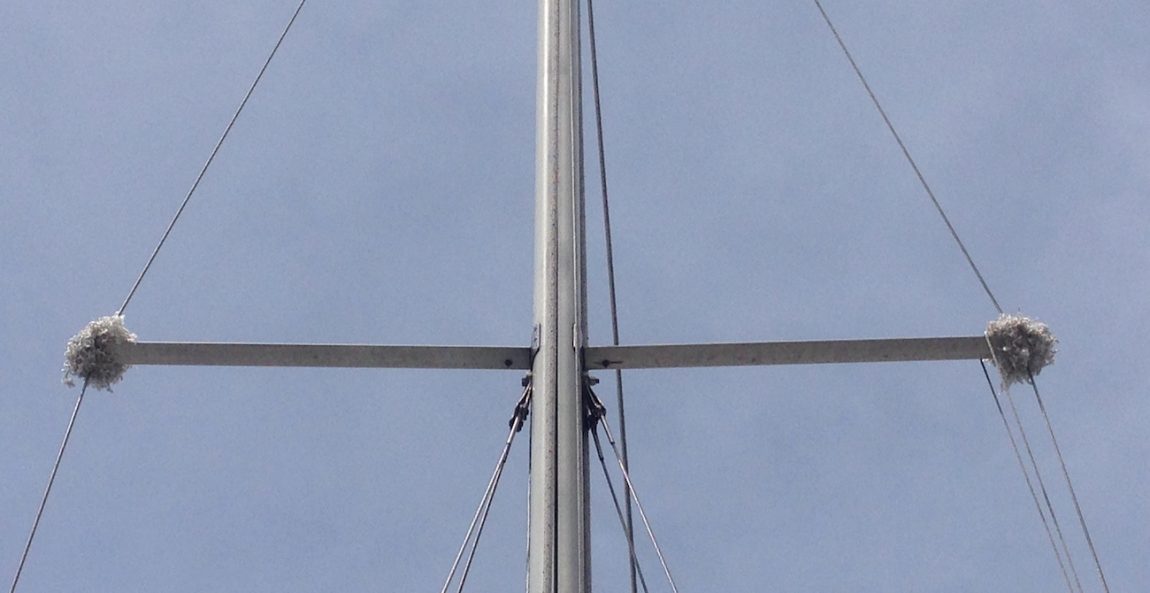
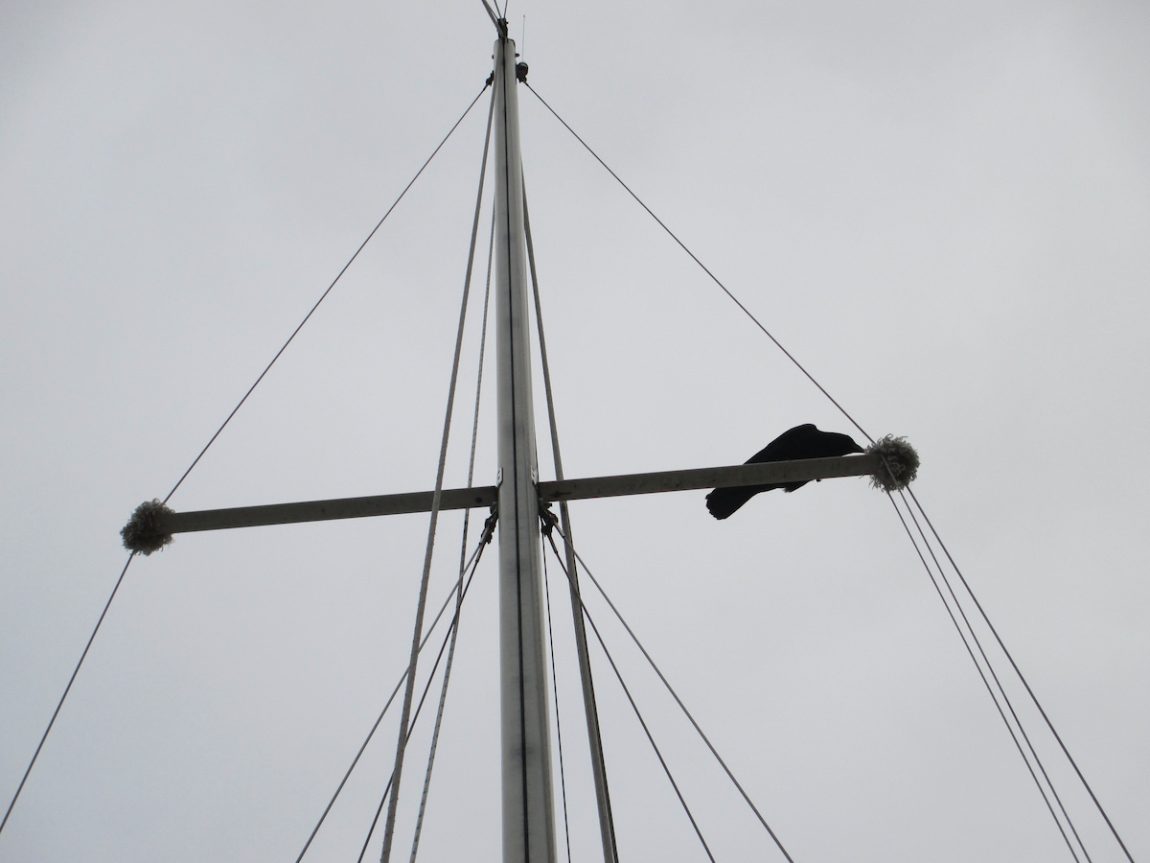
I’ve used the same baggywrinkles for 10 years, had them on and off several times, and traveled 20,000 miles with them. Naturally, the genoa has some soiling where it makes contact with them, but no tearing. Granted, it adds a tiny bit of windage, so racing sailors won’t find them satisfactory. Or, if you are into the sleek modern yacht look, it may not suit your sensibilities. Personally, the Resourceful Sailor loves how it looks and its uniqueness. It is easy to pick out Sampaguita’s mast in a crowded marina.
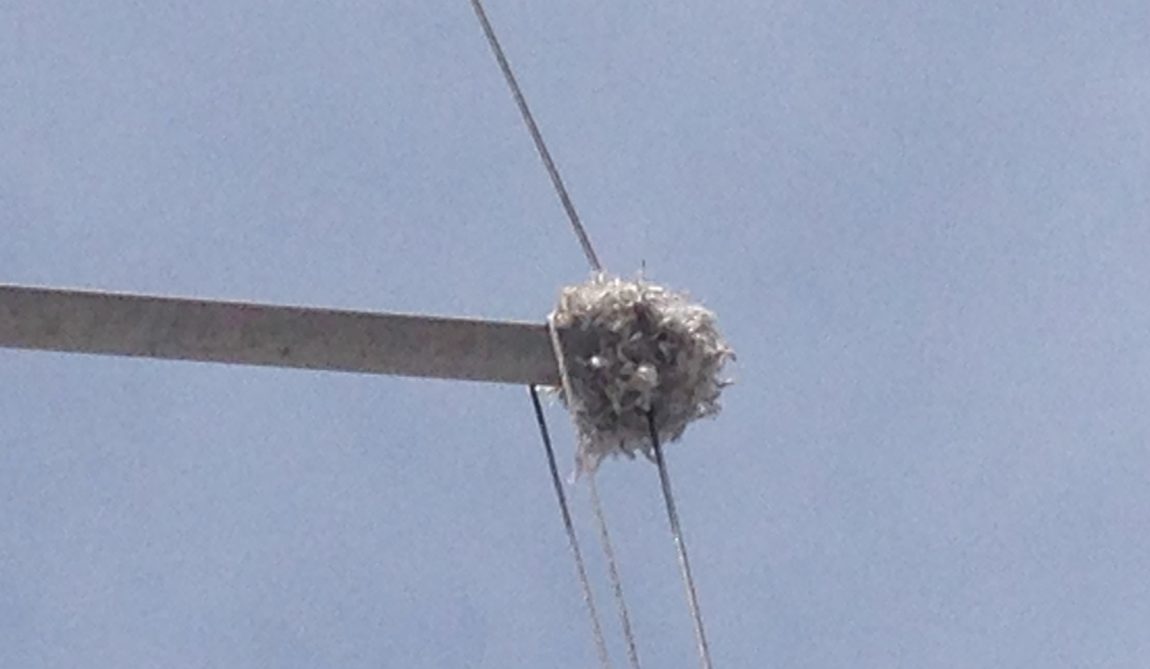
Here’s a video of Tehe Resourceful Sailor’s baggywrinkle making process:
Remember, keep your solutions prudent and safe, and have a blast.
Sailing — It’s the Best Gift Ever
We often ask our Good Jibes podcast guests how they were introduced to sailing. The answers usually include a parent, a friend, Sea Scouts, community sailing, a youth program, or a sailing school. Regardless of how or with whom they started, the sailors we speak with are always grateful they got the opportunity to sail.
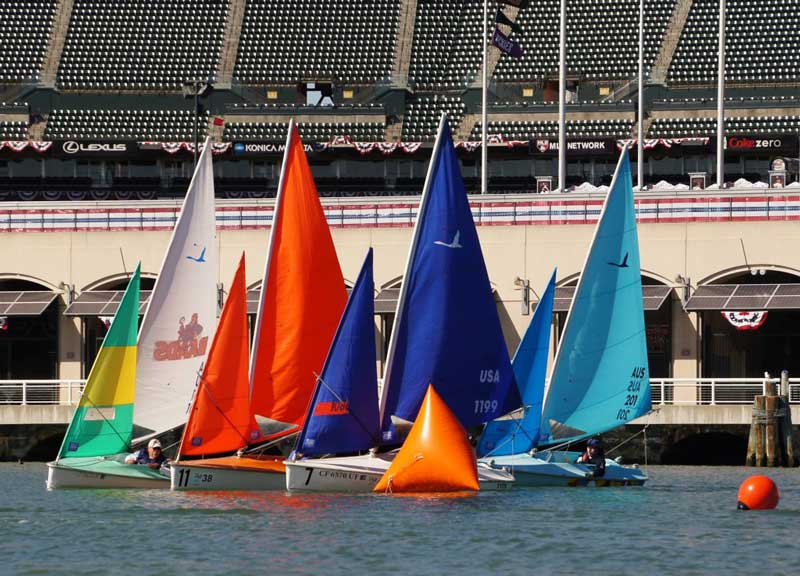
Beyond simply taking people out on the water, there are other ways to give the gift of sailing. One is to donate to one of the many nonprofits and youth sailing programs that work hard all year long to provide sailing opportunities to people who otherwise night not ever get aboard a boat. There are so many good organizations.
Valor Sailing and Wooden Boats for Veterans help connect veterans with sailing. There are the teams behind BAADS or Challenged Sailors San Diego who help physically challenged sailors get out sailing. Many of these programs are listed on our Heeling Power of Sailing page. They’d all love and appreciate your support.
Working to support other folks in the community are Call of the Sea, Pegasus Sailing and Bluewater Sailing. These are among many programs that help get underserved youth out on the Bay. Then there are community sailing programs like the Cal Sailing Club, Sailing Education Adventures, Alameda Community Sailing and many more. You can find these and more on our Youth Sailing page.
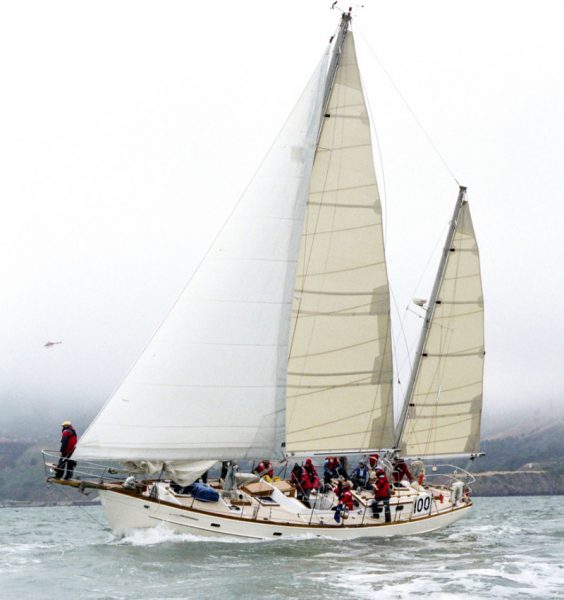
If you’re looking for the best gift ever this holiday season, a gift certificate to local sailing schools like advertisers Afterguard Sailing Academy, Club Nautique or Modern Sailing is always a great way to start sailing or upgrade skills.
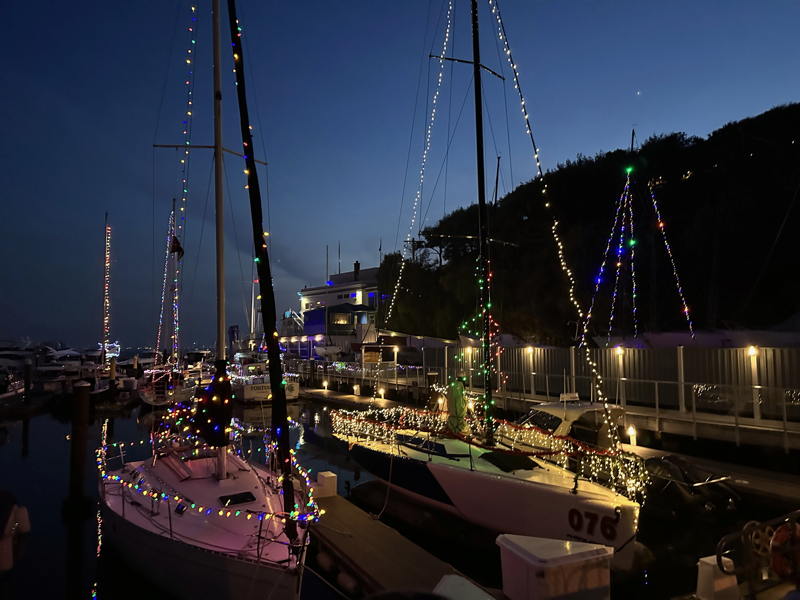
Sailing has been a force for good in all of our lives. Contributing to the programs that help people overcome personal challenges with the healing power of sailing, or giving a gift certificate for sailing lessons, are two of the best ways you can give sailing to family, friends and the world.

